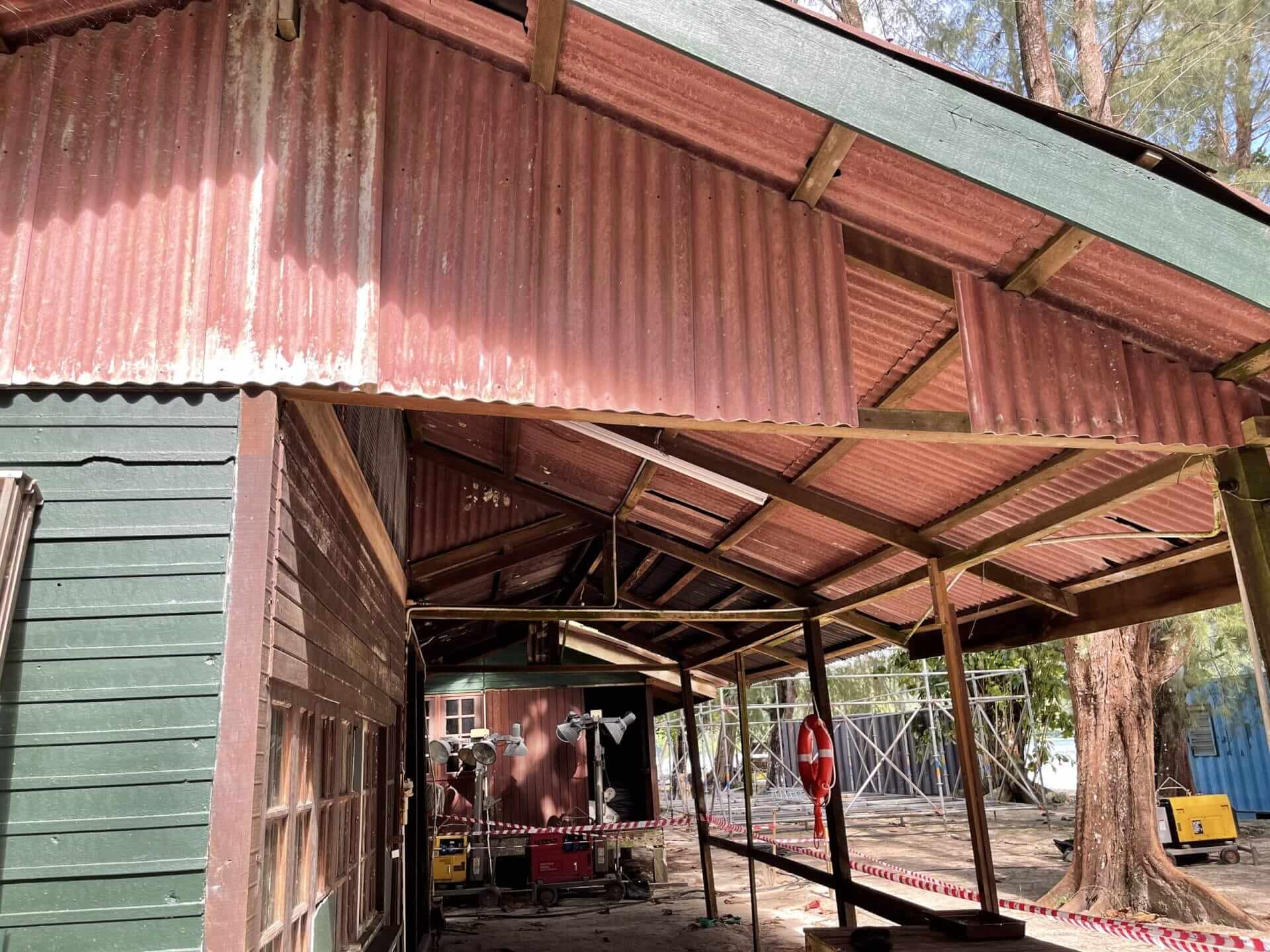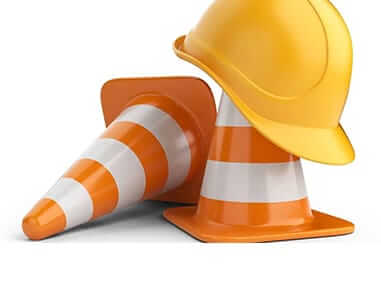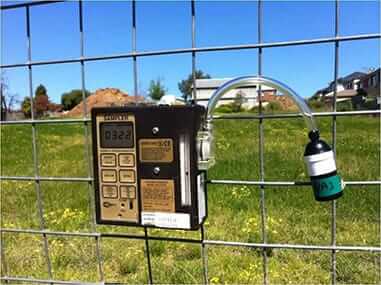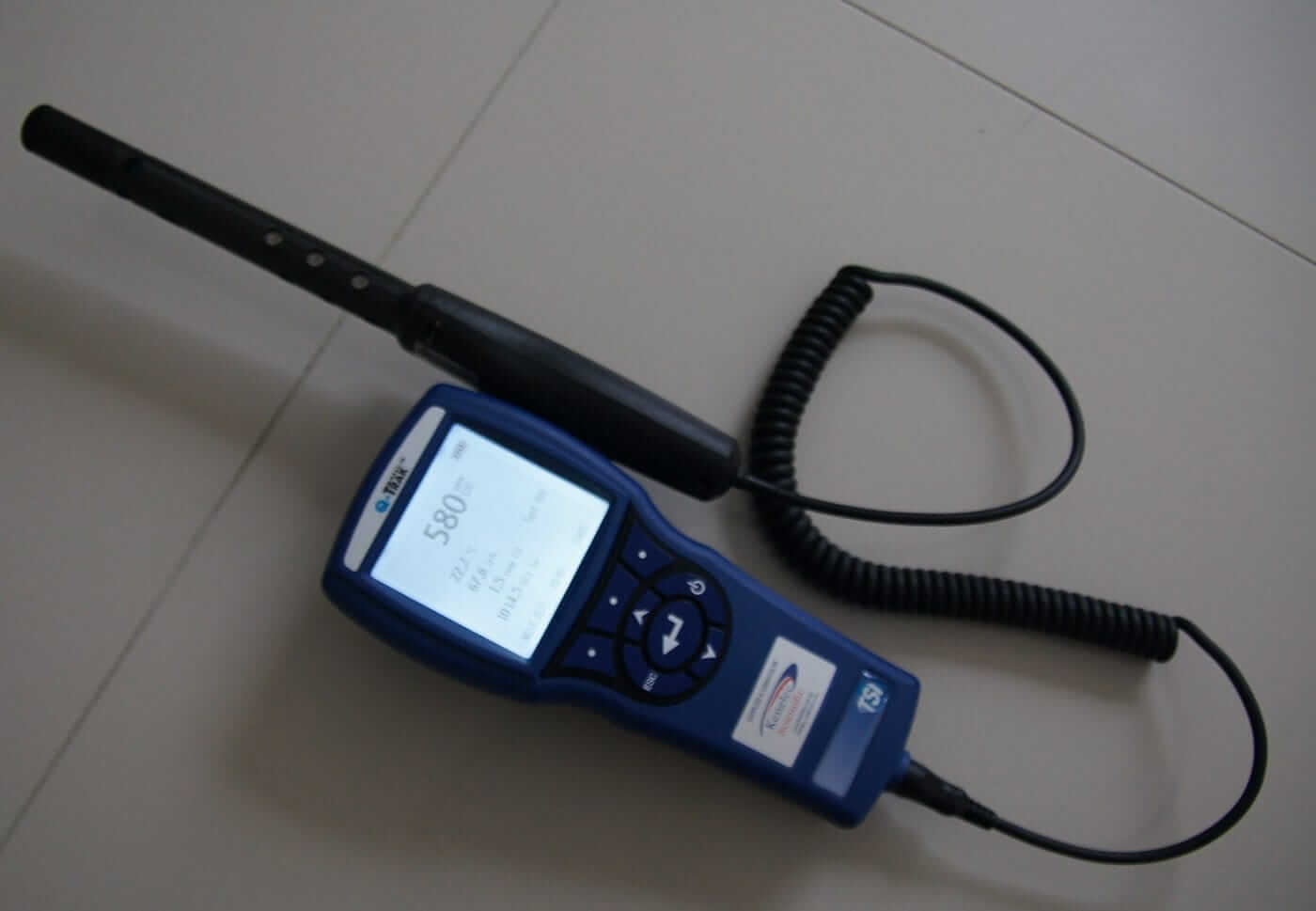
Indoor Air Quality (IAQ) Testing
Providing you with expert indoor air quality consulting and testing services for offices and indoor environments, assessments and practical solutions for problem areas throughout Sydney, NSW and ACT
SESA certified occupational hygienists are specialist consultants in indoor air quality investigations, assessment and indoor air quality testing and have been providing air quality testing services in indoor environments, assessments and practical solutions to office, commercial and industrial buildings almost daily for over 14 years.
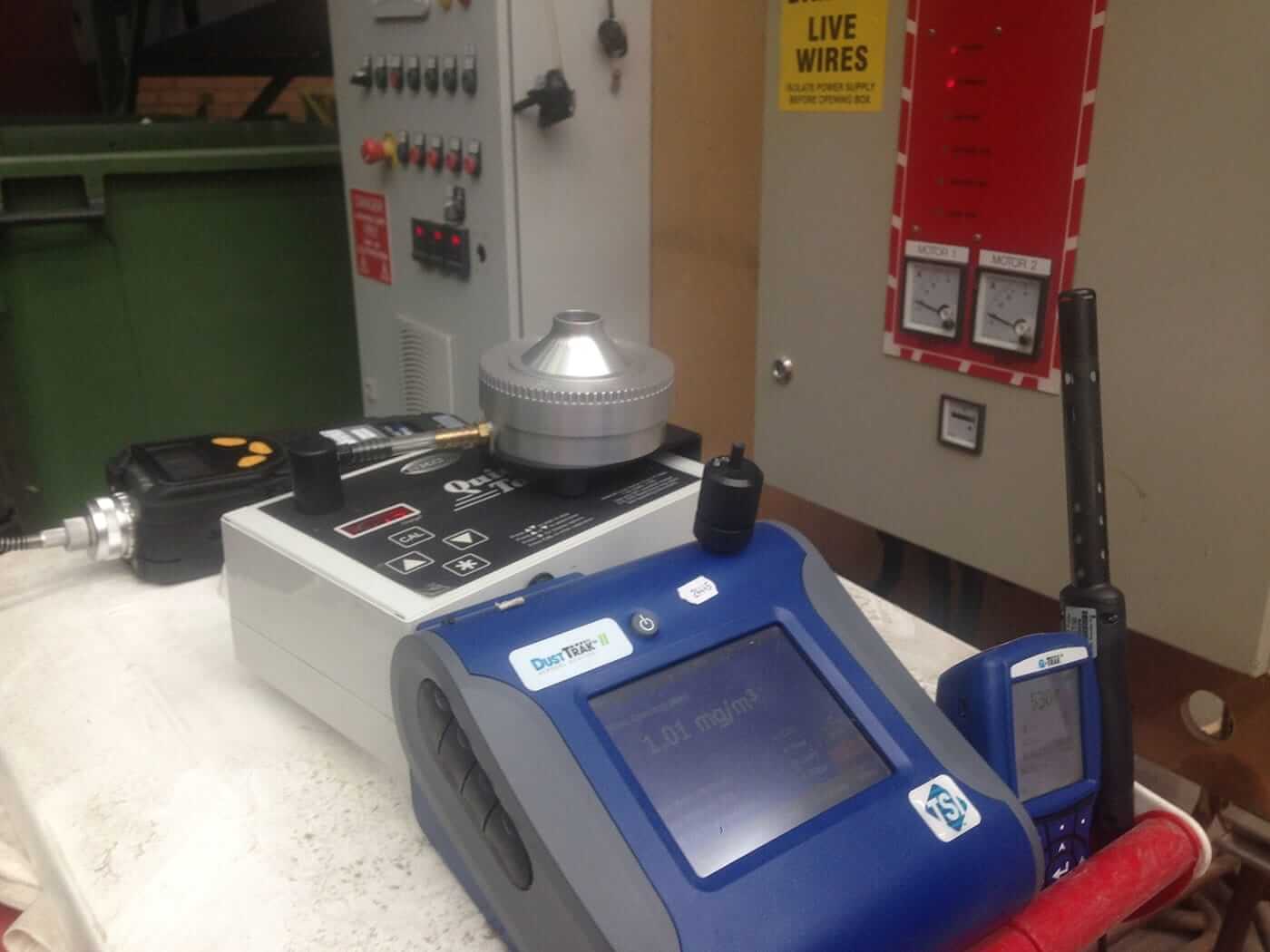
Preliminary or Standard Indoor Air Quality (IAQ) Testing
A preliminary or standard indoor air quality testing involves inspection, measurements and laboratory testing where required of the following:
- Visual inspection of the ventilation system
- Airflow measurements
- Carbon Dioxide(CO2) Testing
- Carbon Monoxide (CO) Testing
- Total VOCs (Volatile Organic Compounds) Testing
- Temperature and Relative Humidity (RH) Levels
- Suspended particulates (PM10) and PM2.5 testing
- Microorganisms (surface and airborne mould (fungi) and bacteria) sampling and laboratory analysis.
Other indoor air quality parameters may also be investigated as needed depending on likely or identified problems and potential indoor or outdoor air pollutants. SESA Occupational hygiene consultants also provide air quality testing for indoor environment NABERS ratings specified methodologies.

Indoor Air Quality (IAQ) Overview
While large number of employees work in an office environment, the air quality in these environments is important to the health and comfort of office occupants, with some occupants suffer from health or comfort problems. These air quality problems significantly reduce worker productivity and may be related to the time spent working inside a building.
The term “sick building syndrome” (SBS) is used where building occupants experience non-specific symptoms related to the poor building indoor air quality including eye, nose or throat irritation; dry mucous membranes sensation; dry skin, rash; mental fatigue; nausea; headaches; coughing; dizziness; wheezing; hoarseness; itching and unspecific hypersensitivity reactions. The symptoms appear to be linked to the length of time people spend in a building or a particular part of the building. The cause of the symptoms is not known. Symptoms improve soon after leaving the building. The term “building related illness” (BRI) is used to describe recognised diseases that can be attributed to a building, such as Legionnaire’s Disease and Pontiac Fever, whereas SBS describes the above collection of non-specific symptoms. There may be an overlap between SBS and BRI, because SBS is frequently seen in buildings that have generated the BRI’s. The most obvious way of knowing if a building is “sick”, is to look at the health of those working in it, and see if they have any of the symptoms listed above. Indoor air quality problems may affect building occupants to different extents due to individual health factors and susceptibility to contaminants.
Potential Causes of Indoor Air Quality Problems
- Ineffective ventilation and inadequate for the number of people occupying a building
- Indoor sources emitting chemical contaminants – examples such as carpets emitting volatile organic compounds (VOCs) or manufactured wood furnishings emitting formaldehyde, pesticides, cleaning agents or fumes emitted from work processes
- Outdoor chemical contaminants – examples such as air intake located near a source of vehicle exhaust fumes (carbon monoxide), cigarette smoke, plumbing vents or kitchen exhaust air
- Biological contaminants – e.g. mould or bacteria (which may have multiplied in damp conditions), bird droppings, cockroach allergens, mouse droppings and dust mites.Indoor air quality problems may be perceived as more serious when there are other factors reducing occupants comfort such as:
- Work overload or underload
- Hot or cold environment
- Draughty or stuffy environment
- Ergonomic factors such as workstation design, lack of space or poor lighting
- Noise or vibration
- Nuisance odours.
Would You Like to Know More
About Our Services?
Call us today on 02 9822 8406, email us , or use our online enquiry form
for further information about our services, to arrange an obligation-free
phone consultation or to discuss your requirements with us.
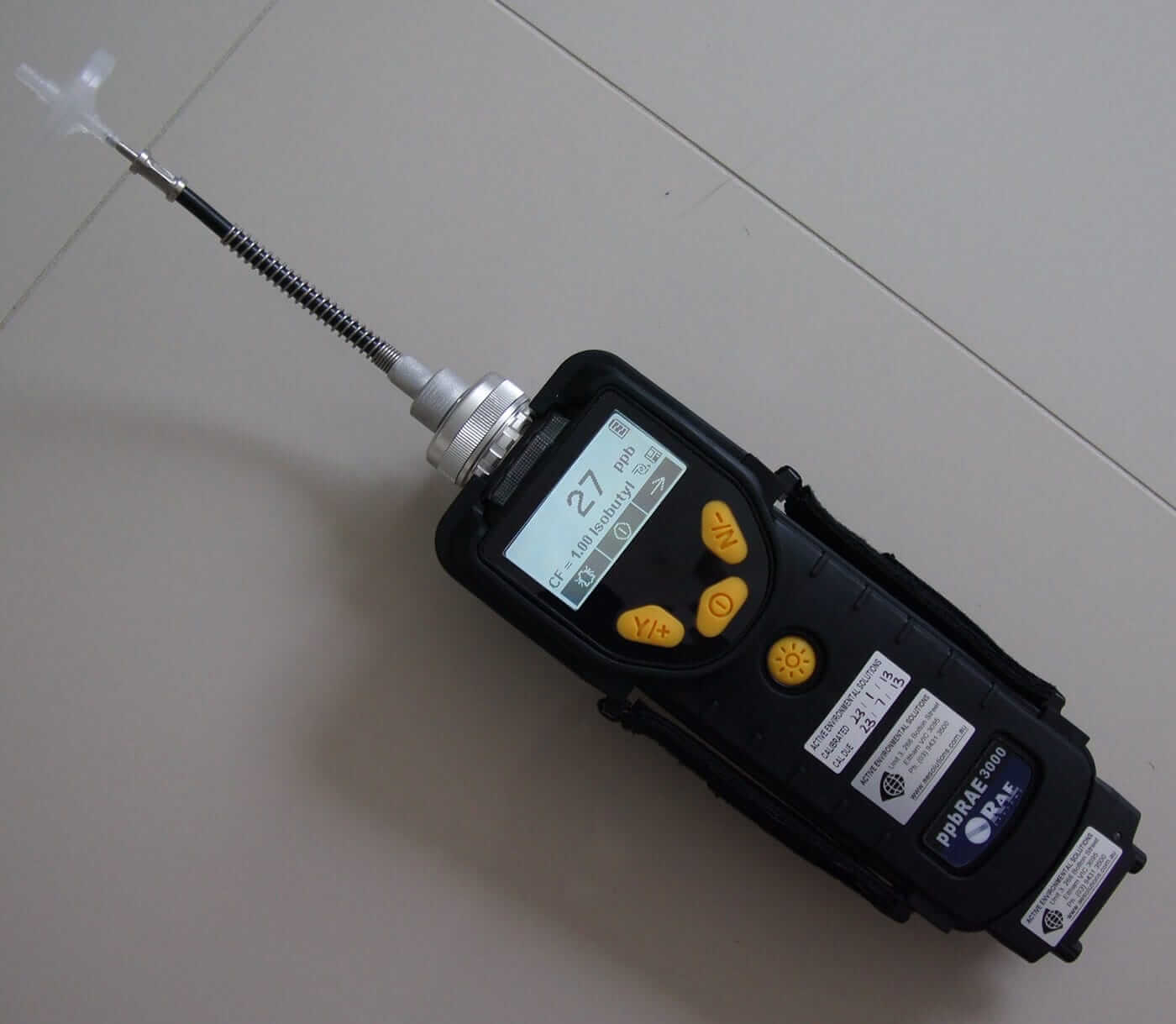
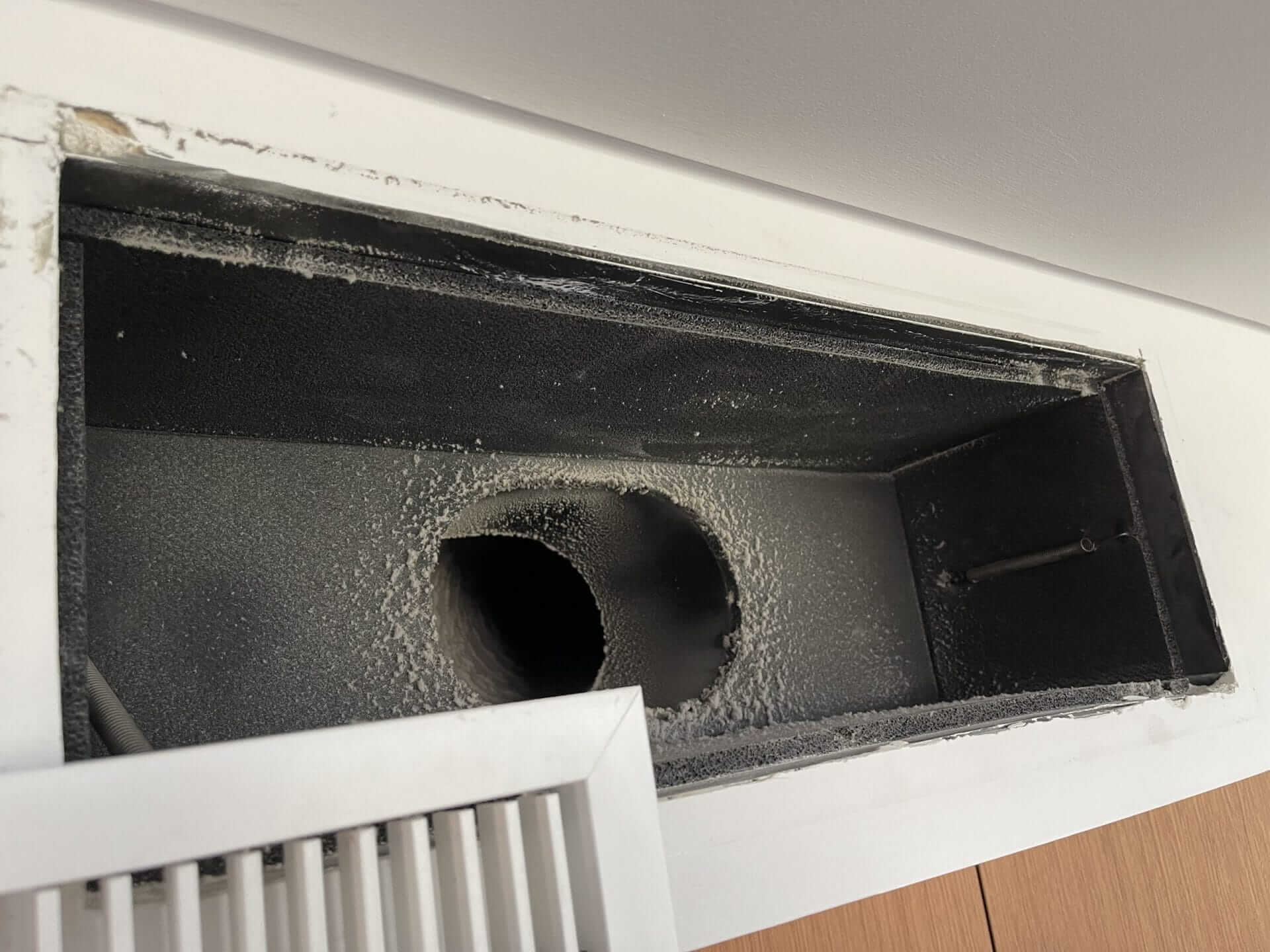
Investigation of Air Quality Problems by Occupational Hygienist or Specialist Indoor air Quality Consultant
- The building occupants, numbers, their locations, movements, tasks and symptoms
- The building’s air conditioning and ventilation systems
- Likely contaminants and how people could be exposed.
The indoor air quality investigation will then involve the following:
- A walkthrough inspection to gather information on any related issues, inspect possible problem areas and consult with building occupants
- Review of any documentation available on the reported issues
- Consultation with the person managing the maintenance and control of the air conditioning, heating and ventilation systems (HVAC)
- Air quality testing and assessment by taking measurements where appropriate and comparing with national and international recommended levels
- Forming an opinion on the likely causes to be tested by implementation of corrective actions
- Carrying out further inspection and consultation to see whether the problem has resolved.
Maintaining good indoor air quality should be regarded a high priority in air conditioned office environments. High standards of hygiene need to be employed: filtration systems should be upgraded, regularly serviced and well-maintained. For more information on indoor air quality essentials you may visit Department of Sustainability, Environment, Water, Population and Communities, NHMRC, ASHRAE, WHO, and enHealth Council websites which can be accessed from our resource page.
SESA indoor air quality consultants can assist you in all aspects of your indoor air quality testing and investigations including annual air quality testing and evaluation of indoor air quality parameters as well as undertaking in depth investigations of indoor air quality problems.

Contact Us
